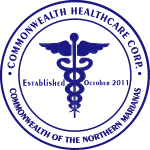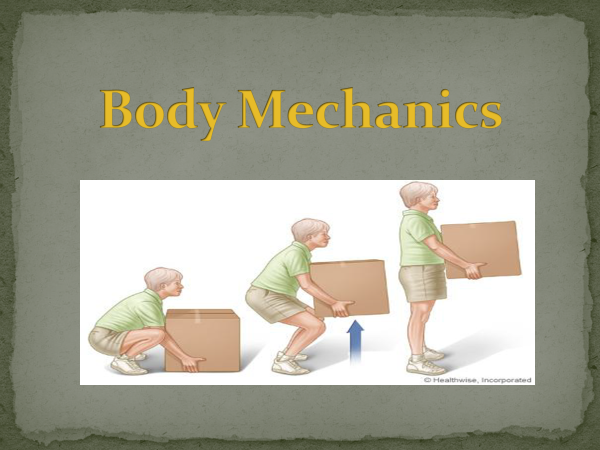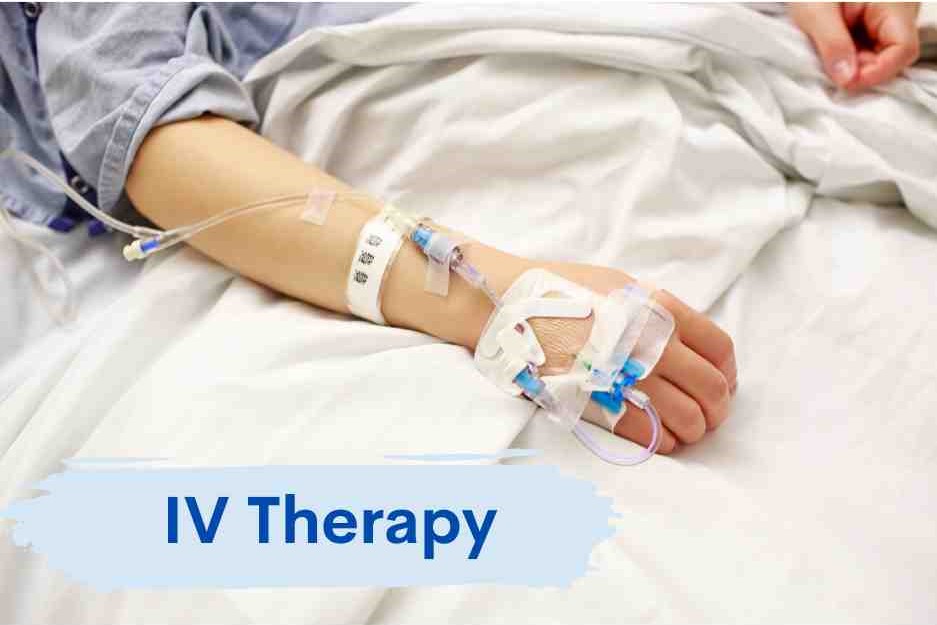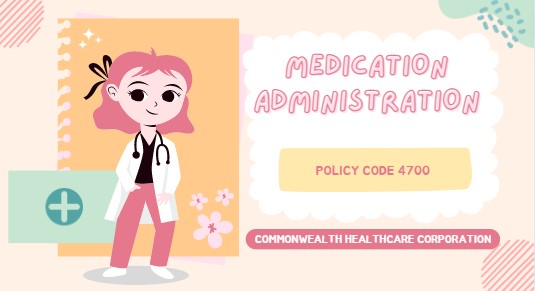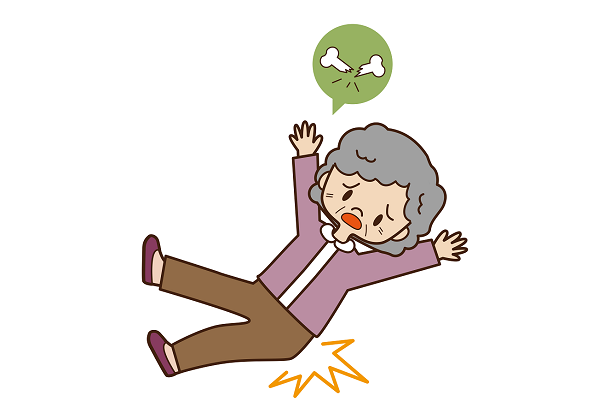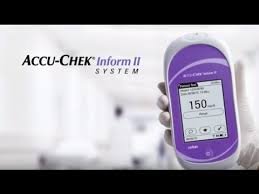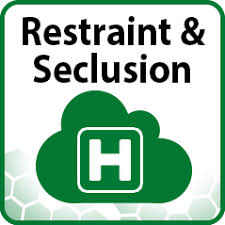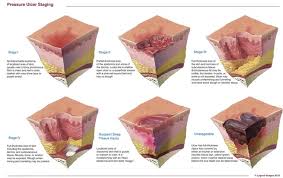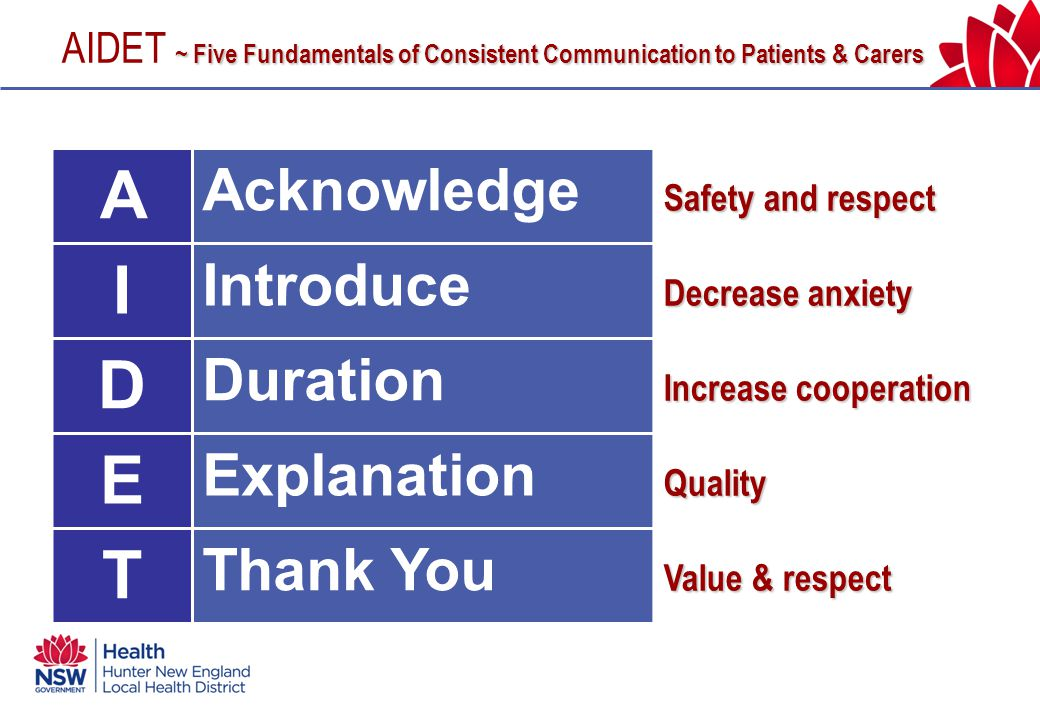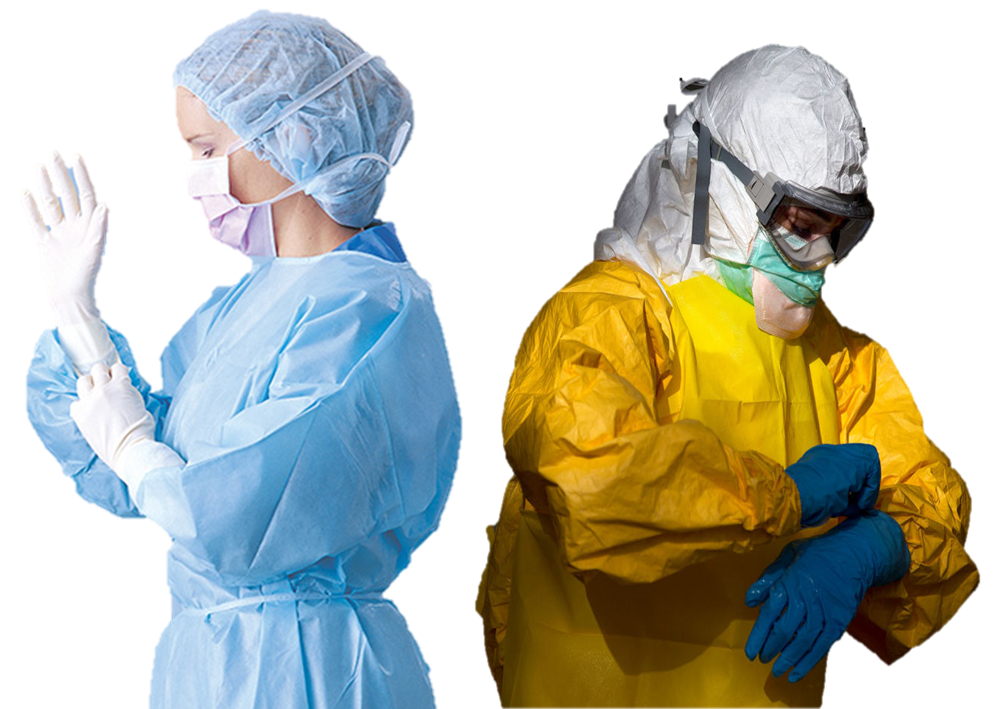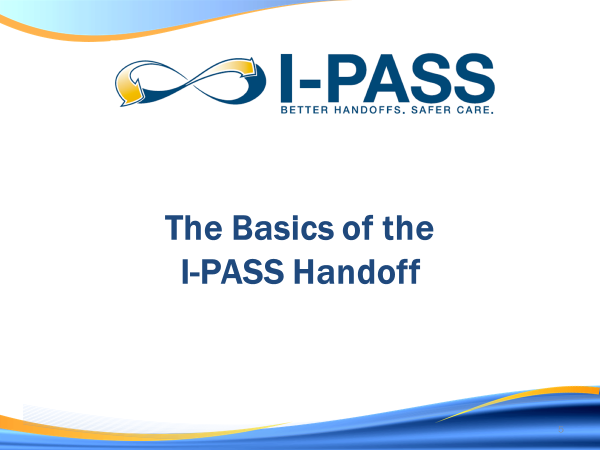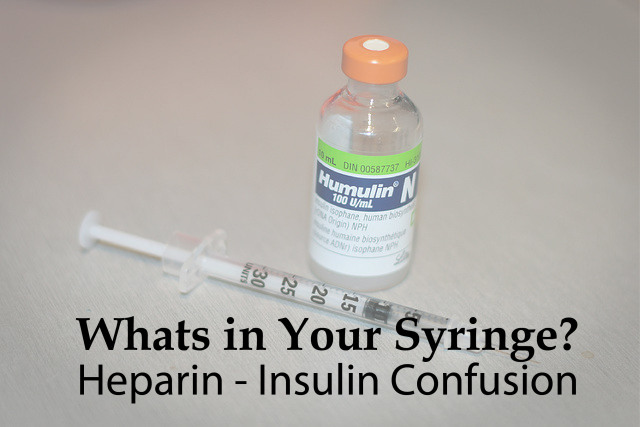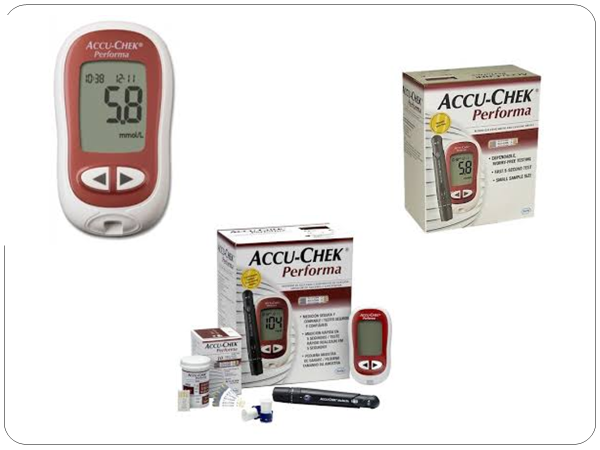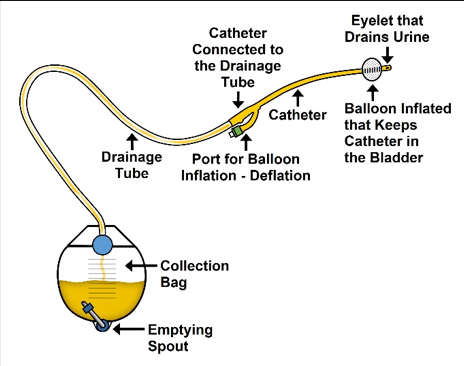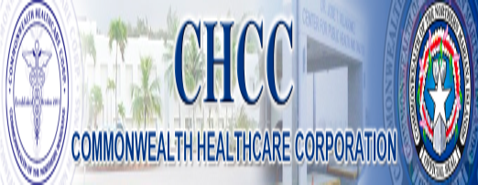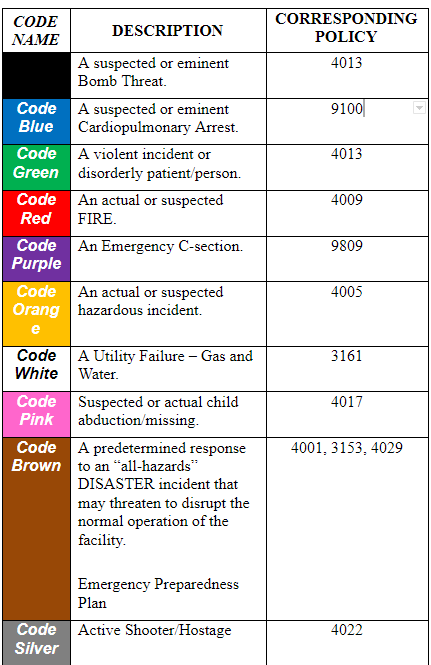Personal Protective Equipment (PPE)
Goal
The goal of this program is to improve personnel safety in the healthcare environment through appropriate use of PPE.
Training Objectives
The objectives of this program are to provide information on the selection and use of PPE in healthcare settings and to allow time for participants to practice the correct way to don and remove PPE.
Learner Objectives:
At the end of this presentation, the healthcare worker should be able to:
- Identify the appropriate circumstances for which each type of PPE is indicated
- List at least 3 safe practices that should be followed when using PPE
- Correctly demonstrate how to don and remove PPE
Audience:
This material is targeted for nurses, physicians, technicians, and ancillary personnel (e.g., housekeepers, maintenance workers) in healthcare settings.
Section I
This section provides an overview of PPE in healthcare and reviews PPE terminology, how to select it, and the types of PPE available for use in healthcare settings.
Section II
This section describes how to safely put on (don), use, and remove PPE.
Section III
This section describes when to use PPE based on task that is to be performed. The concepts of Standard and Expanded Precautions and the criteria for PPE use within those precautions are discussed.
PPE Return Demonstration -- using the PPE Competency Validation Checklist--
The Nurse Manager or an identified Observer from each unit will schedule return demonstrations on the correctness of PPE donning and removing (using the PPE Competency Validation Checklist) after end date of training.
